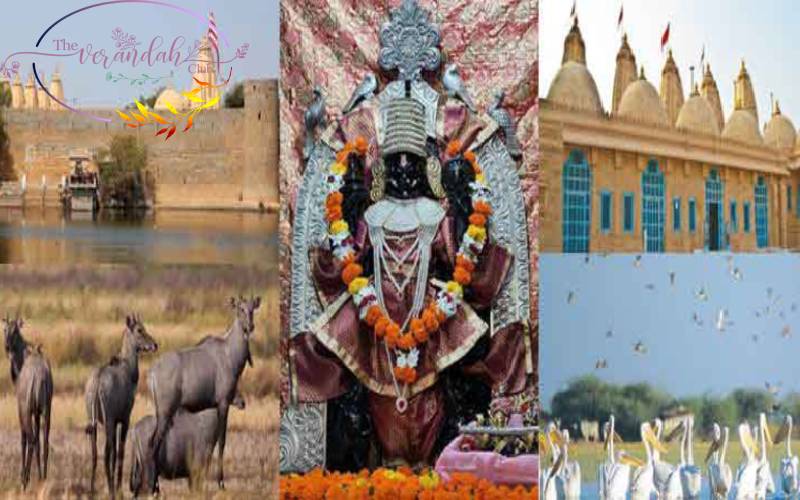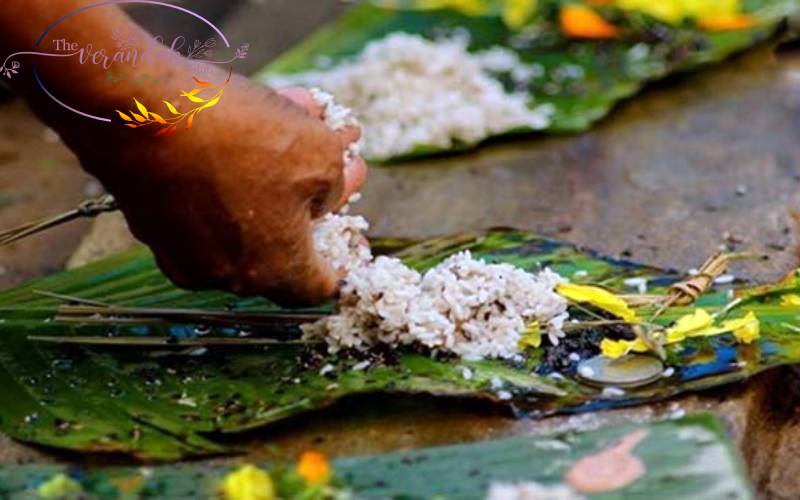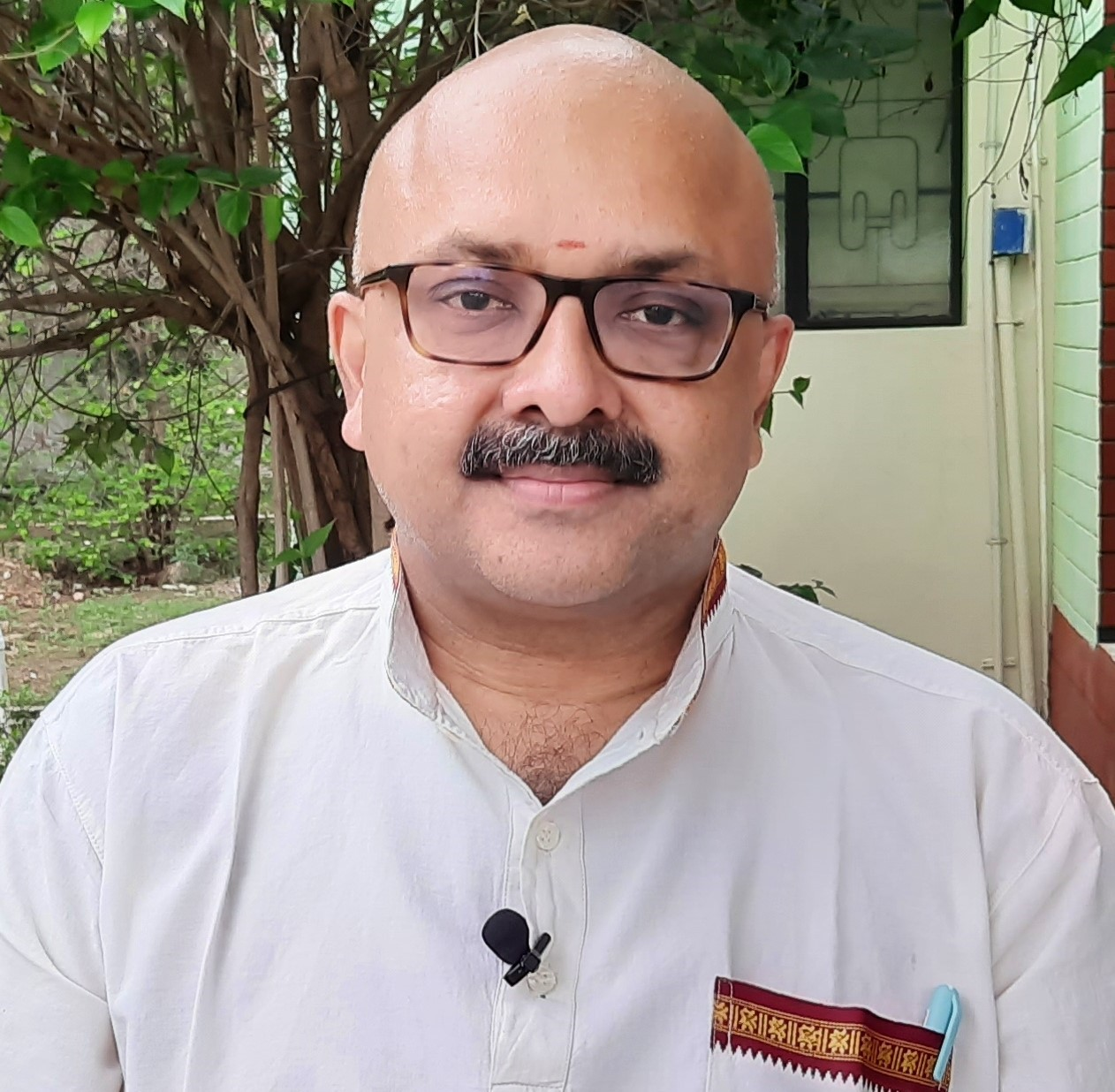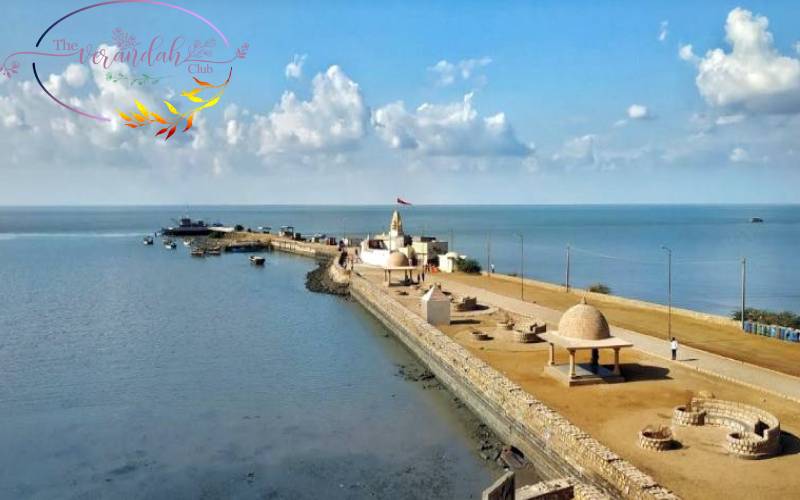The Rhythm of Narayansarovar
The Narayansarovar is located at the Kutch district in Gujarat. According to Hindu theology, there exists five sacred lakes and they are collectively called panchasarovar. The ancient Saraswati River had once upon a time drained itself into the sea in this place. Waters of the lake were filled with the holy water of River Saraswati and hence the Narayansarovar continues to be holy to the Indians. Saint Vallabhacharya had visited the Narayansarovar and it is therefore sacred to the people who follow the pushtimaarg.
The Narayansarovar is famous for its two annual fairs, one in the month of Chaitra (April – May) and the other in the month of Karthik (November – December). This is when thousands of pilgrims from the western part of the country assemble on the banks of the Narayansarovar for the purpose of performing funeral ceremonies of their elders. Around 1981, the area around the village was notified as the Narayansarovar Sanctuary. Chinkaras (Red Antelopes) are found in this sanctuary.
The temples and the buildings of this area are surrounded by a fortified wall. It was formerly connected with the mainland by a yellow-stone causeway which was 3000 ft long & 15 ft wide. This was built in 1863 by a Bhatia of Bombay (Gokaldas Liladhar Padsha) at a cost of about 100,000 Kutch Koris. There are several shrines located in this place which is coveted for a holy dip. All of them, Trikamray, Lakshminarayan, Govardhanathji, Dwaraknath, Adi Narayan, Ran Chod Raiji and Lakshmiji, are featured in a temple built by the wife of Maharao Desalji. The Koteshwar Mahadev Temple is located nearby, and it is a grand sandstone structure which overlooks a marshy sea.

The ancient purana-s share details about the origin of the sacred Narayansarovar. A terrible draught had once engulfed the region and the sages prayed to Lord Vishnu and the kind lord touched the land with his toe. Lo! A lake was immediately created, and this alleviated the miseries of the people. Therefore, this place has been famous for its lake for thousands of years. This agrees with the description of the lake found by Alexander. There was an ancient temple of Adi Narayan under the priests of the Kanphata Sect, and it was taken away from them by a sanyaasi called Narangar. This sanyaasi made long and broad embankments about the pool which is 1056 ft by 990 ft. It is surrounded by perforated stone-walls into several bathing places and furnished on all sides (except the east) with a flight of stone-steps.
There are seven stone temples in a paved courtyard measuring 16 by 62 ½ feet. These temples are approached from the lake by flights of stone-steps and surrounded by a strong wall. Vagheli Mahakunvar, the wife of Maharao Desalji I of Kutch State had once become upset with the Priests of Dwaraka. She took the sage counsel from her Brahmin Scholars and was determined to rise Narayansarovar to be a place of rival sanctity. Thereafter, in 1734, she began by building the Lakshminarayan and Trikamray Temples in the Dwaraka style. She assigned them the revenues of certain villages and the proceeds of certain taxes. The other temples, Adi Narayan, Govardhanathji and Lakshmiji followed.
The temple of Trikamray resembles the one at Koteshwar. It is 72 feet long, 68 ½ feet broad, and 61 feet high. The temple stands on a 5 feet 9-inch-high platform and has three side-porches with a large one on the centre. All of them are capped with domes resting on 12 ft high pillars. While the central porch is 21 sq. ft, each of the side-porches are just 9 ft & 9 inches. The central dome had to be rebuilt after the 1819 earthquake. The space between the central dome and the shrine is paved with white and black marble. In the east screen wall of the shrine, we can notice a marble plat containing an inscription and the doors are plated with silver.

Inside the shrine, stands a black marble statue of Trikamray (On a silver throne). Beneath the idol is black marble icon of Vishnu’s mount, garuda, and over the image of Trikamray are 40 golden and silver parasols which happen to be the offerings of devotees. The other 5 temples along with the later built temple of Kalyanray are a row of six domes supported by 14 pillars and 48 plasters with carvings on the basis, shafts, and capitals. The side pillars of one dome serve to support the lintel of the next. The temples at the two ends have screen walls under their domes with doors. But the rest have a common veranda with entrances in the front. Each one of the temples has an inscription. Dwarakanath Temple has a small shrine opposite to it with a large image of garuda and he holds a weapon whose point is found imperilling a Cobra.
The third shrine, Govardhanath, is quite simple and the fourth one, Adi Narayan, has a black stone pavement in the gallery. On the opposite side is a small lately built shrine of Gopalji and the last one Lakshminarayan has silver-plated doors, an idol throne, and a canopy of silver. Maharao Desalji II built the Kalyanrao Temple in 1885. The stone and wooden frames of the shrine’s entrance are richly carved, and the doors are plated with silver in which flowers, fruits, leaves, and creepers are carved skilfully. The canopy of the lord stands on a pedestal and is supported on four silver pillars. These pillars have fine spiral flutes and richly carved freezes, bases, and shafts. The statue is made of polished black marble.
Thus, the Narayansarovar is found in the ancient land called Kutch (Kachchh). It is known so due to its geographical characteristics and also because of its turtle-like land shape. Mallinathi, in his ‘Bhashya Sanjeevnai’ on Amarkosh has explained it as a damp region. It is so referred to in the purana-s, ‘Mahabharata,’ in various notes of foreign travellers, copper plates, and stone inscriptions. Traces of the Saraswathi Civilization (3000 – 1500 BC) have been discovered at Dholavira in Kutch. This region passed through a lot of history and the Maharao’s of Kutch became the sovereigns irrespective of various changes that took place over the millennia. The Narayansarovar continues to be an important religious-cum-spiritual site.

Mr. Rajesh Govindarajulu is one of the founding members of the Verandah Club Pvt. Ltd. He is a leading columnist, historian, jeweler, entrepreneur, and a heritage enthusiast who is earnestly working to revive the past in the light of the present. Experiential learning about the history of Coimbatore is his main course of interest and he is also a panel member of many colleges in the city.



